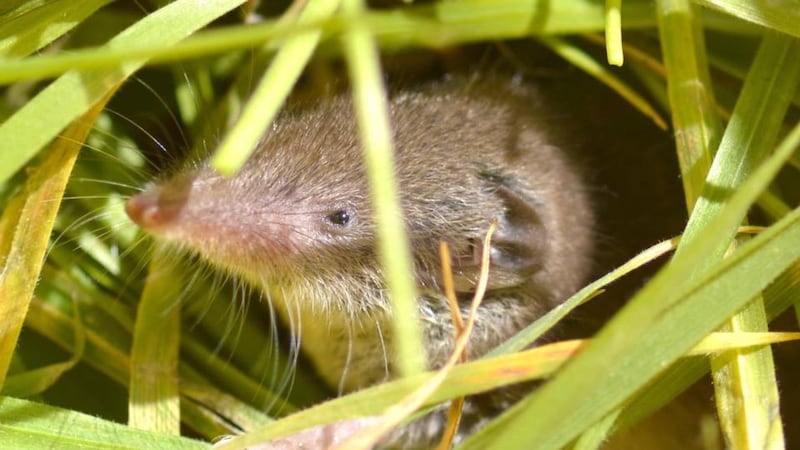Irish scientists studying the spread of the false widow spider have showed its ability to hoist a pygmy shrew into a web before eating it over a three-day period, signaling a new dimension to its dominance in the natural world.
Video footage of the kill makes the pygmy the eighth confirmed species of vertebrate, a creature with a spine, to be successfully hunted by the arachnids.
False widows have been spreading rapidly in Ireland, and scientists at the University of Galway have been at the forefront of attempts to establish just how much of a threat they are to the ecosystem and to humans.
Before the pygmy shrew, cases of the spiders preying on a domestic Irish lizard, a gecko in Spain and a bat in the UK had been documented.
READ MORE
“The Noble False Widow now appears to be a regular vertebrate-eating spider,” the Galway team said in a statement accompanying the publication of their paper in the international journal Ecosphere.
[ 2021: A night of hunting the false widow spiderOpens in new window ]
Video of the pygmy shrew victim, a protected species measuring between 4.5 cm and 6cm, about ten times the size of the spider, was captured by the paper’s co-author Dawn Sturgess while on a visit to West Sussex in southern England.
When discovered outside a bedroom window, it was still alive but the highly potent neurotoxic venom was taking effect. The spider was observed hoisting the shrew up into the rafters where it wrapped it in silk and fed on it for three days.

The method was previously recorded in a study published by the Food Webs journal in 2021. In that case, the University of Galway Venom Lab provided video evidence of the spider lifting a significantly larger gecko off the ground “with exceptional ease, using its silk threads as a pully system”.
“This [latest] observation demonstrates further that the Noble false widow is perfectly adapted to take down large prey, combining potent venom, extremely strong silk, and complex hunting behaviour,” explained Dr Michel Dugon, Head of the Venom Systems Lab.
The scientists from the University of Galway’s Ryan Institute say it is the first record of a false widow feeding on a pygmy shrew in Ireland or the UK.
The killing ability of the spider will provide further insights to the level of threat posed by the spider to Ireland’s habitats.
Co-author Dr John Dunbar, who has spent considerable time collecting and studying specimens in Ireland, said even far bigger spiders are unable to tackle a similar size of prey. “[This] is an extra dimension to their potential invasiveness,” he said.












